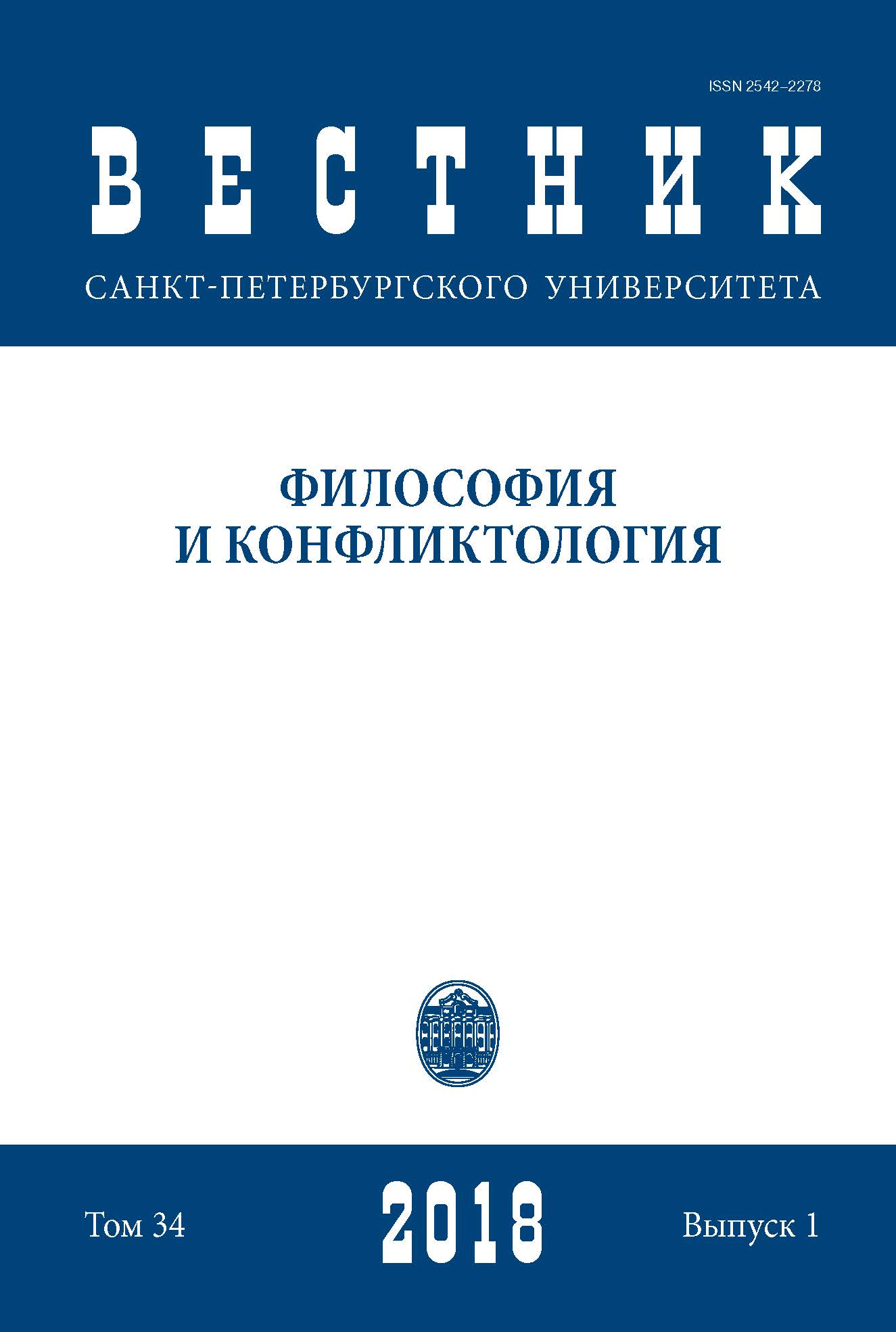Objective ontology? G. Harman’s Metaphysics
DOI:
https://doi.org/10.21638/11701/spbu17.2018.101Abstract
The author critically considers the metaphysics of the American philosopher Graham Harman. The origins of his views are analysed: E. Husserl’s intentional objects, Heidegger’s instrumental analysis, his criticism of Kant’s “critical turn”, also his critique of correlationism is in the idea that the knowing subject is not reality, it is the perception of the mind. The author analyzes the origins of his views, describes the proposed “the quadruple object” (a real object, a real quality — a sensual object and a sensual quality, and also show the tension that arises between them — time, space, essence, eidos). Real objects and quality remove themselves
from experience, so they are not available knowledge, and sensual objects and qualities exist only in the experience. In Harman’s ontology of the person it is as important as any tangible or intangible thing. The author connects this position with the ethical views of A. Lingis, who was a teacher of Harman. Among the disadvantages of Harman’s metaphysics, the author notes the replacement of the sensual object with the perceived object, emergence of objects, the complexity of the application schema in the philosophical works. However, the approach of Harman’s ideas is to extend the capabilities of the description language of reality and to avoid distortions caused by human thinking.
Keywords:
object-oriented ontology, speculative realism, G. Harman, object,, correlationism
Downloads
References
С. 18–38.
_250997281?dl=ee4e9d2a74a7eec79a (дата обращения: 01.03.2017).
03.2017).
Downloads
Published
How to Cite
Issue
Section
License
Articles of "Vestnik of Saint Petersburg University. Philosophy and Conflict Studies" are open access distributed under the terms of the License Agreement with Saint Petersburg State University, which permits to the authors unrestricted distribution and self-archiving free of charge.






